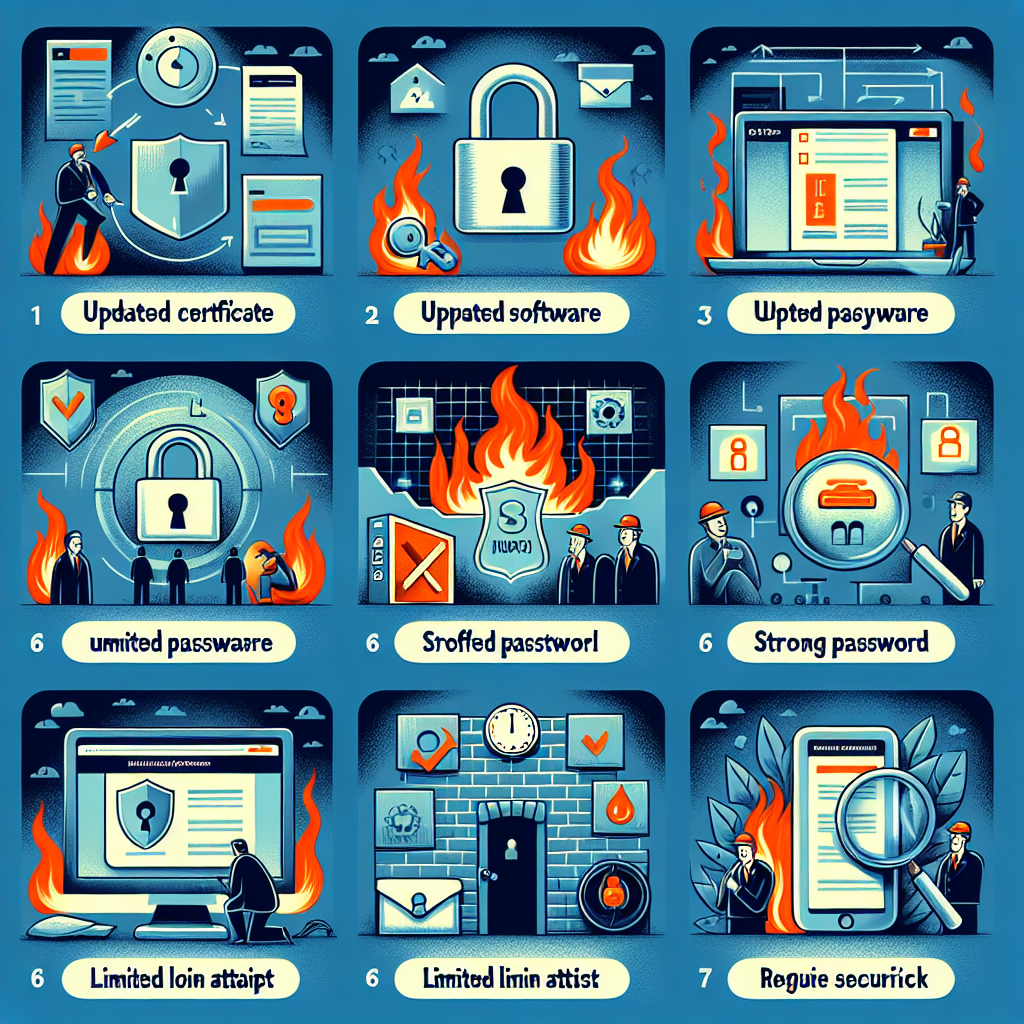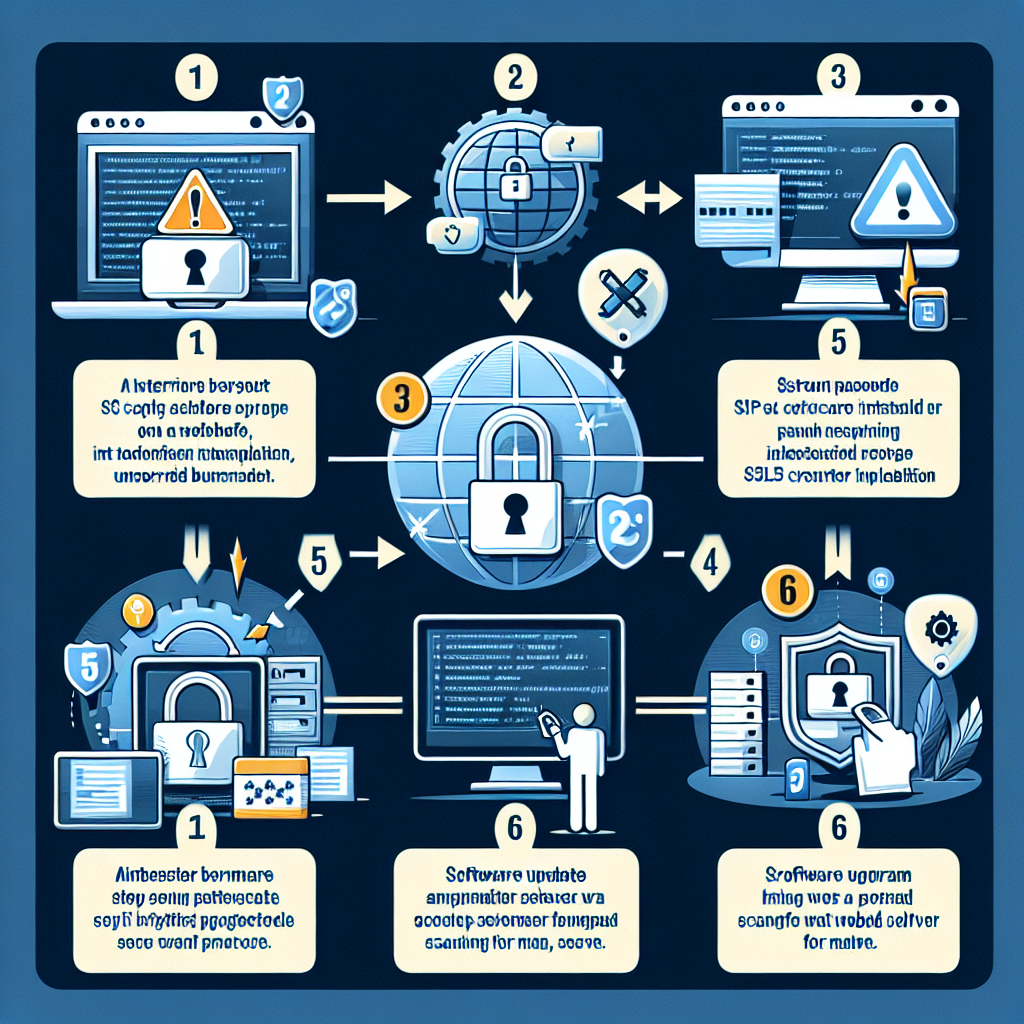Mailchimp API Key: How to Generate, Use, and Secure Your API Key
Generating Your Mailchimp API Key Understanding the Basics So, you’re looking to dive into the world of Mailchimp, huh? Cool! The first step in unleashing its full potential is generating your API key. This key is basically your passport to access Mailchimp’s features programmatically. Think of it as a secret handshake that lets your applications […]





